Honoring Alexandria's Two Lynching Victims
Reader discretion advised. This post contains direct quotes from newspapers printed in the 1890s, which used a highly offensive term to refer to African Americans. This term was part of the lexicon at the time but is abhorrent by today’s standards. We have elected to present these quotes unedited, since the language illustrates the historical attitudes that were in place in the late 19th century and gave rise to lynchings, which is the subject of the article.
A few weeks ago, I spent an afternoon in Montgomery, Alabama. I stopped there on a cross country road trip with my mom hoping to visit the sites of some of the Civil Rights Movement’s most hard fought battles. We drove past the greyhound bus depot where the Freedom Riders survived an attack by a local mob in 1961. We strolled down historic Dexter Avenue and walked right up to the Alabama State Capitol where the 1965 march from Selma culminated. And we were welcomed with warm hugs into the Dexter Avenue Baptist Church, where a young pastor named Martin Luther King Jr. helped organize the 1955 Montgomery Bus Boycott with Rosa Parks and many other brilliant women.
After paying homage to heroes, we then drove down the road to show our respects to victims. The National Memorial for Peace and Justice “is the nation’s first memorial dedicated to the legacy of enslaved black people, people terrorized by lynching, African Americans humiliated by racial segregation and Jim Crow, and people of color burdened with contemporary presumptions of guilt and police violence.”[1] The memorial opened to the public on April 26, 2018 and was founded by the Equal Justice Initiative (EJI) — a non-profit organization that provides legal representation to poor prisoners who may have been wrongly convicted or denied a fair trial.
Set on a six-acre piece of land overlooking the Alabama State Capitol, the memorial “uses sculpture, art, and design to contextualize racial terror.”[2] This theme is epitomized by the 800 six-foot steel monuments hanging from the ceiling of the memorial’s main structure, “memorial square.” Each steel monument is meant to symbolize the thousands of racial lynching victims killed in the United States.
Every county in the South where a lynching occurred has two monuments, each with the names of the known lynching victims inscribed on the front. One monument hangs in the memorial square, and the other lies on the ground outside, waiting.
EJI explains the purpose for this second monument on its website: “EJI is inviting counties across the country to claim their monuments and install them in their permanent homes in the counties they represent. Eventually, this process will change the built environment of the Deep South and beyond to more honestly reflect our history.”[3] By claiming the monuments, and therefore the history, EJI hopes individual communities and our country as a whole can begin to heal by engaging with “this history in a constructive and meaningful way.”[4]
During my visit, I spent the good part of an hour walking through the memorial searching for a monument with my hometown, “Arlington, Virginia,” carved into it. I never found one. But my search did lead me to a neighbor: Alexandria, Virginia.
Alexandria’s monument displayed two names: Joseph McCoy (1897) and Benjamin Thomas (1899).
This is their story, and our history.
________________________________________________________________________________________________________
Tuesday, August 8th, 1899.
People stood on the street outside the jail all day discussing the affair.[5]
Inside, Benjamin Thomas, a local black man, sat in his jail cell accused of assaulting eight-year-old Lilly Clark, a white girl.
Thomas had just spent his first night in jail. He was arrested late Monday evening after the Clark family reported the incident to Alexandria police. The young Clark girl claimed that Thomas “seized and drew her to him” when she arrived to his house to retrieve an axe he had borrowed from her family.[6]
Alexandria papers spread the story.[7]
By ten o'clock Tuesday night, a large, angry crowd had formed outside the jail. Several hundred people gathered and demanded that Thomas be released to them.[8]
It was happening again.
________________________________________________________________________________
Just two years earlier, Joseph McCoy, another black man, was arrested for allegedly assaulting multiple white girls — ten-year-old Annie Lacy and her two younger sisters.[9]
In that case, the mayor at the time stood in front of the jail and pleaded with the crowd to calm down and let the law run its course.[10] His pleas fell on deaf ears and the crowd turned into a mob. They used a large piece of timber as a battering ram to break into the jail. The mob, made of at least 500 people, then “threw aside” the officers tasked with protecting McCoy.[11] They entered McCoy’s cell and dragged the terrified man outside to the corner of Lee Street and Cameron Street. It was there that they hung him to a lamp post, and lynched him.[12]
Mr. McCoy died sometime after one o’clock on the afternoon of April 23, 1897. His body was riddled with bullets.[13]
________________________________________________________________________________
Recognizing a similar situation, officers removed Benjamin Thomas from his cell and hid him in the jail’s cellar to protect him in case the crowd successfully broke into the building again.[14]
Like in the McCoy lynching, the new mob used a wooden plank to batter down the jail’s front door. From there, they piled into the building’s outer corridor. A heavy iron door and the city mayor was all that lie between the mob and Thomas.[15]
Mayor George L. Simpson positioned himself on the front steps of the building and tried to petition to the crowd to yield to law and order, at least for the moment.
“If the man is not convicted I will lead you in person to hang him,” the Mayor reportedly said, sealing Thomas’s fate.[16]
The crowd did not give. They would not wait.
“Give us the nigger!” They responded. “He won’t be here tomorrow!”[17]
Soon after, the mob successfully overpowered the officers, broke through the iron door, and eventually found Thomas hiding in the cellar. They dragged him outside to face the rest of the mob.
At first, they weren’t sure they had the right person. Someone from the crowd shouted, “He’s not the man!” and Thomas was let go.[18] He made a break for it. Before he could escape, another voice quickly called out, “That is the man!”[19]
The mob set after Thomas again and chased him into a nearby house.[20] A group of men followed him in and pulled him back outside.
A rope was thrown around Thomas’s neck.[21]
Several shots were fired into his body.[22]
He was dragged to the corner of King and Fairfax streets — the heart of the city.[23]
And, “just as the clock struck midnight on city hall,” Benjamin Thomas was strung up to a lamp post. He was lynched on the night of August 8, 1899.[24]
________________________________________________________________________________________________________
This January, an Alexandria community committee will convene to begin plans for claiming the city’s EJI monument dedicated to Mr. McCoy and Mr. Thomas. The committee will consist of local community and religious leaders, as well as members of the city government.
I spoke with Audrey Davis, Director of the Alexandria Black History Museum who will help lead the committee, about the group’s plans for the monument. Ms. Davis hopes they can organize a summer bus tour, open to community members, that will travel to Montgomery to bring home the monument.
She sees the tour serving as a pilgrimage of sorts. She believes it could help connect the history of the two lynchings to the broader history of the African American experience in Alexandria, including generations of slavery followed by Jim Crow. For decades, Alexandria was a major distribution center for the American slave trade; visiting the sites and seeing the environment those slaves were sent to could help directly tie Alexandria’s legacy with that of the rest of the Deep South. While there were only two lynchings in Alexandria — and that is still two too many — Ms. Davis believes it is important people understand the incidents were not isolated events but actually rooted in a much deeper history of oppression and racial terror.
Once back in Alexandria, Ms. Davis expects the monument will be placed somewhere in between the sites of the two lynchings, with the possibility of placing smaller individual plaques to mark each of the two locations.
“I hope there’s a way to move forward,” Ms. Davis said when asked about any hesitations about raising the monument, considering today’s polarized political climate.
“There will always be good people who will stand up for what’s right. Our department is trying to talk more about black history — the Duke Street corridor, West End, Fort Ward. There is a great deal of history we can highlight in a good way.”
In a downtown still riddled with Confederate monuments, it seems only right to have a balance that also highlights the city’s black history. Bringing this monument to Alexandria will be an extremely important step in creating that balance. “It is important to acknowledge everyone’s history if the story is accurate,” Ms. Davis told me. In publicly acknowledging the sad legacy of Jim Crow, drawing more attention to Alexandria’s rich black history, and, most importantly, honoring the two victims, this monument will hopefully push the community towards a deep and productive reflection on our multifaceted history.
Footnotes
- ^ "The National Memorial for Peace and Justice." Equal Justice Initiative. Accessed 2018. https://eji.org/national-lynching-memorial.
- ^ Ibid.
- ^ Ibid.
- ^ Ibid.
- ^ Special Dispatch to the,Baltimore Sun. "A NEGRO LYNCHED." The Sun (1837-1993),Aug 09, 1899. https://search-proquest-com.dclibrary.idm.oclc.org/docview/536113444?ac….
- ^ Ibid.
- ^ Ibid.
- ^ Ibid.
- ^ "Hanged by a Mob." Alexandria Gazette, April 23, 1897.
- ^ Ibid.
- ^ Ibid.
- ^ Ibid.
- ^ Ibid.
- ^ “A NEGRO LYNCHED.” 1899.
- ^ Ibid.
- ^ Ibid.
- ^ Ibid.
- ^ Ibid.
- ^ Ibid.
- ^ Ibid.
- ^ Ibid.
- ^ Ibid.
- ^ Ibid.
- ^ Ibid.


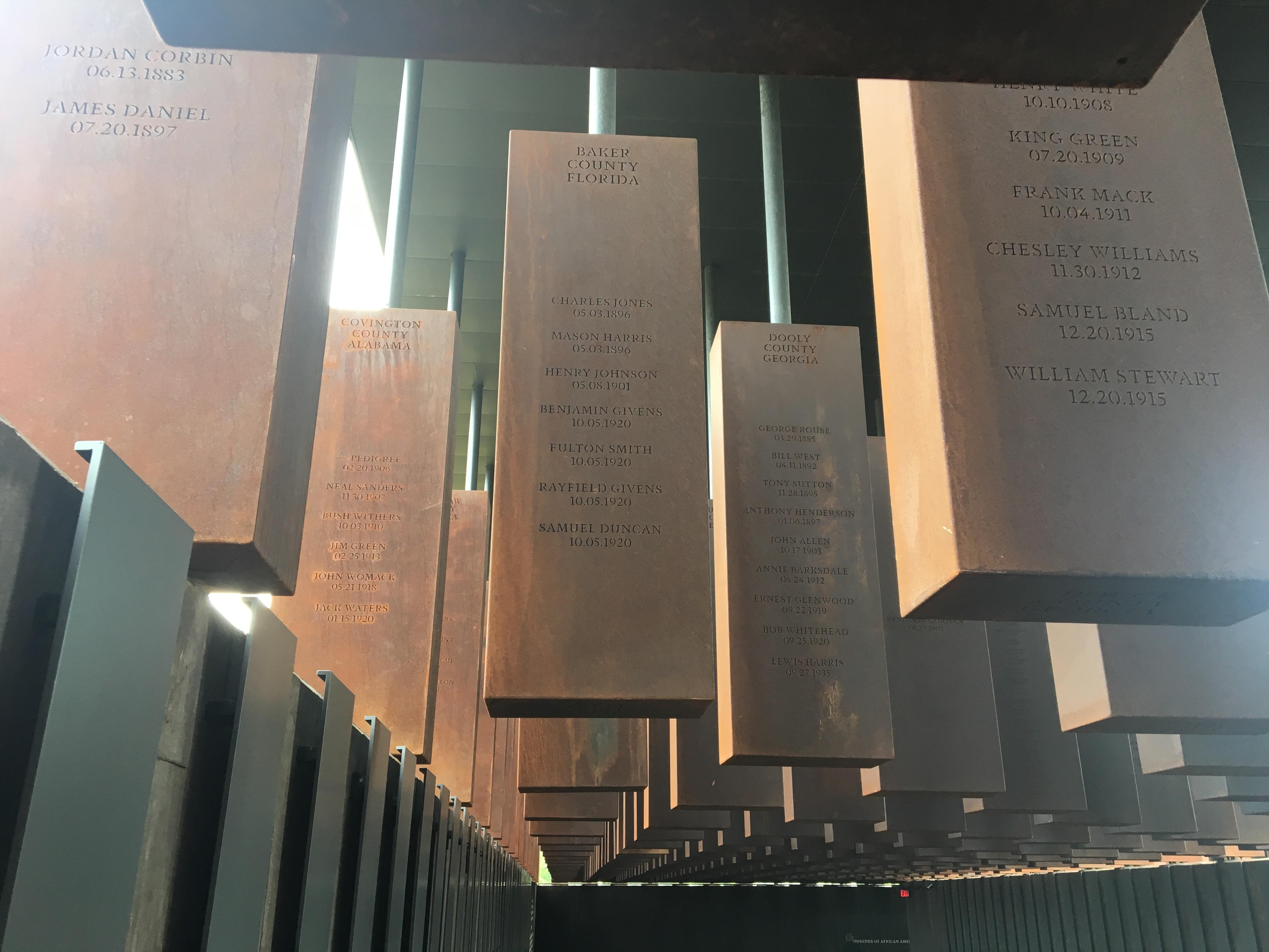
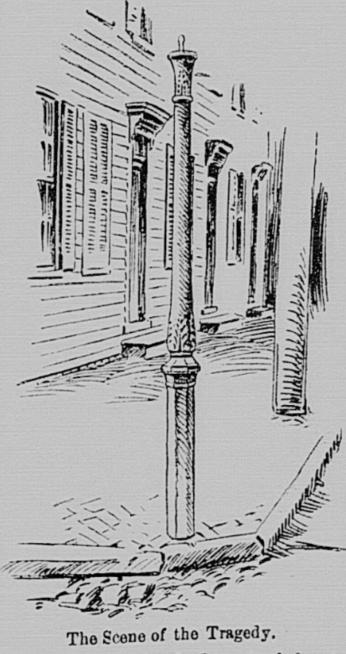
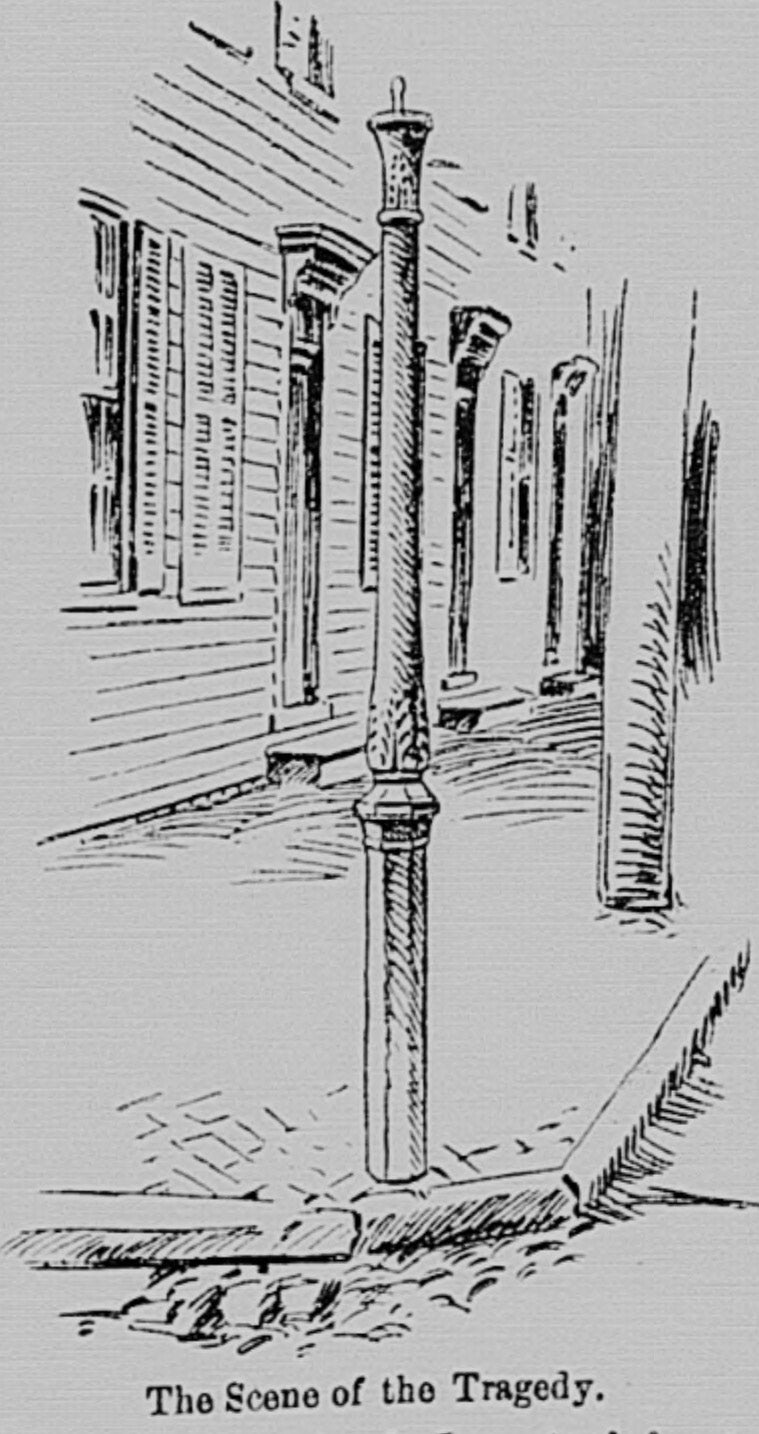
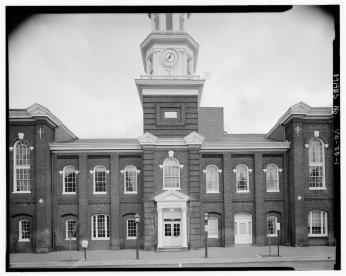
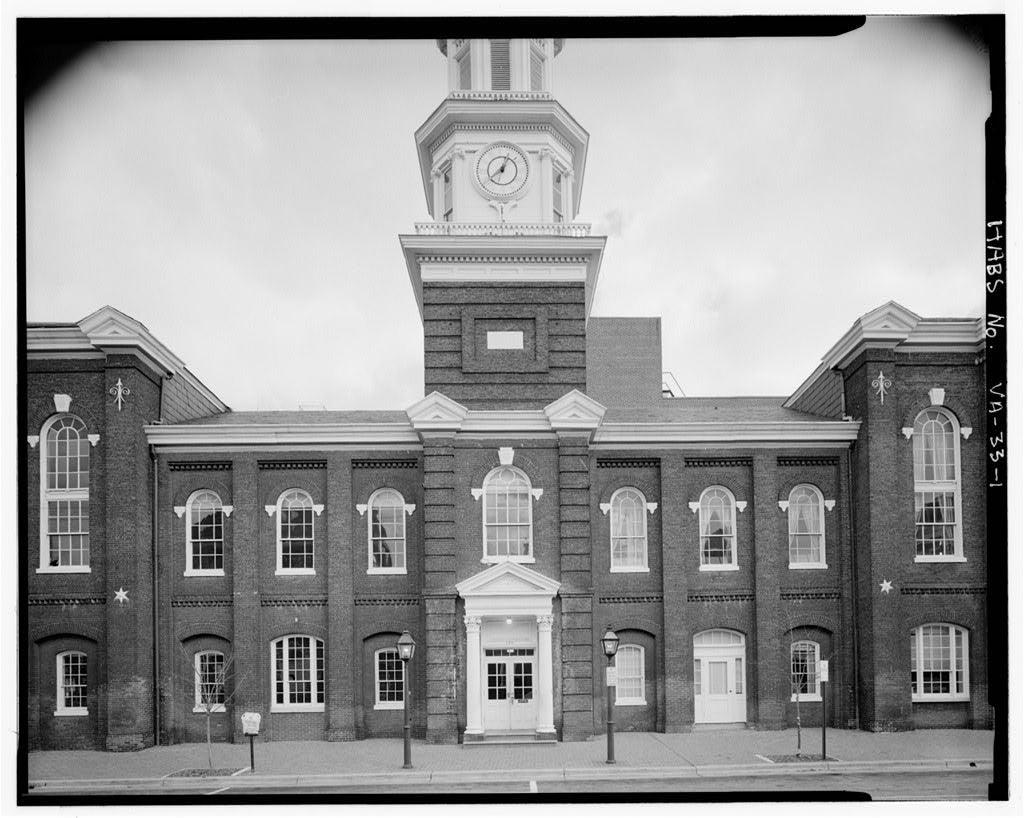
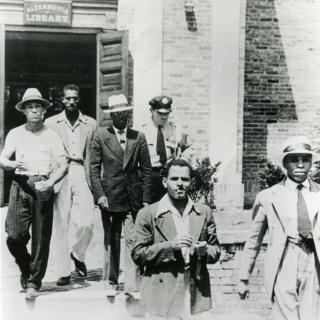
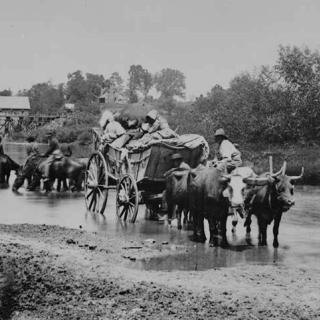
![Sketch of the mythical fuan by Pearson Scott Foresman. [Source: Wikipedia]](/sites/default/files/styles/crop_320x320/public/2023-10/Goatman_Wikipedia_Faun_2_%28PSF%29.png?h=64a074ff&itok=C9Qh-PE1)












